Ruth Wolf-Rehfeldt is a German artist associated with visual poetry and mail art. She is most known for a period of geometric and poetic typewriter works produced between the 1970s and 1990 while employed as an administrator for the German Democratic Republic.

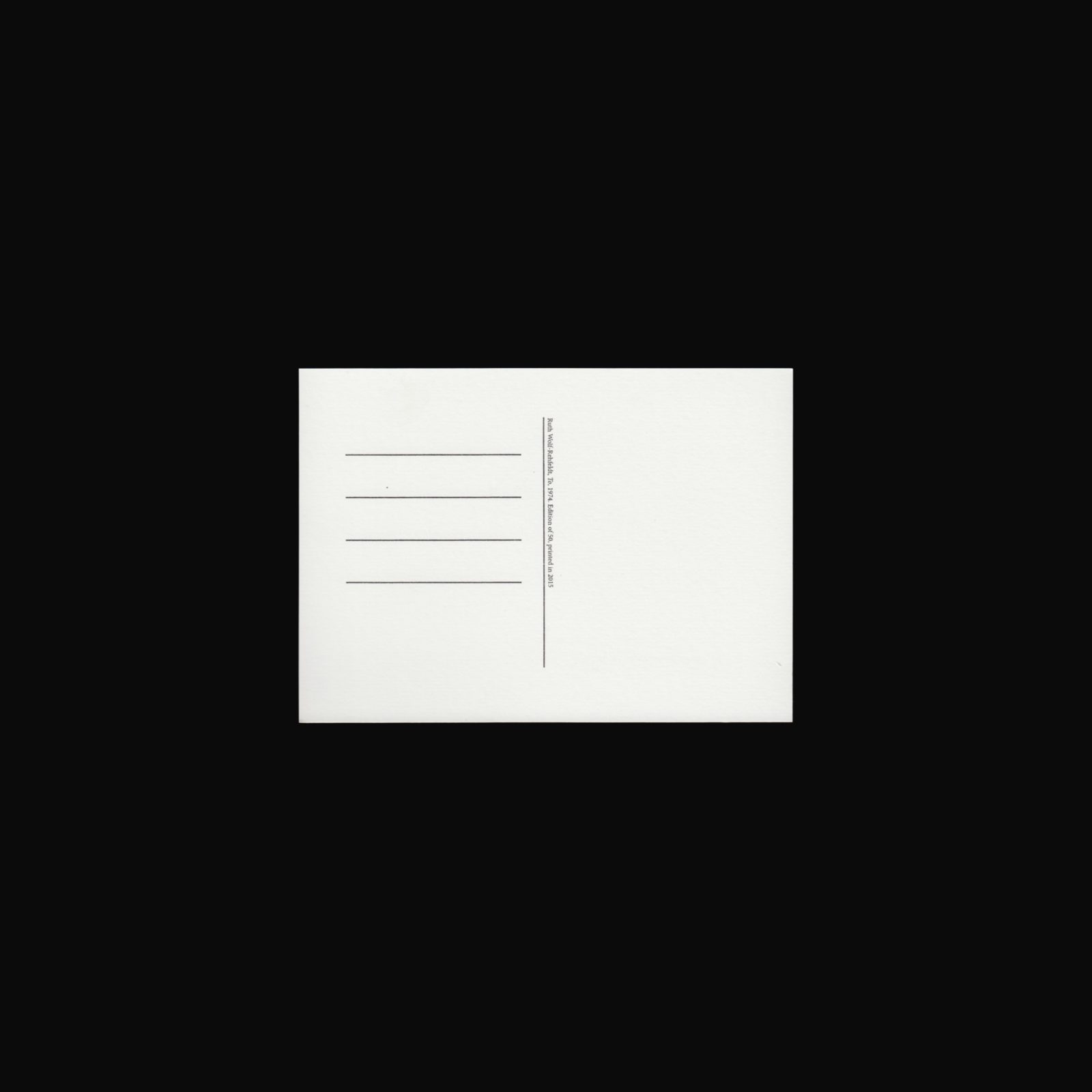
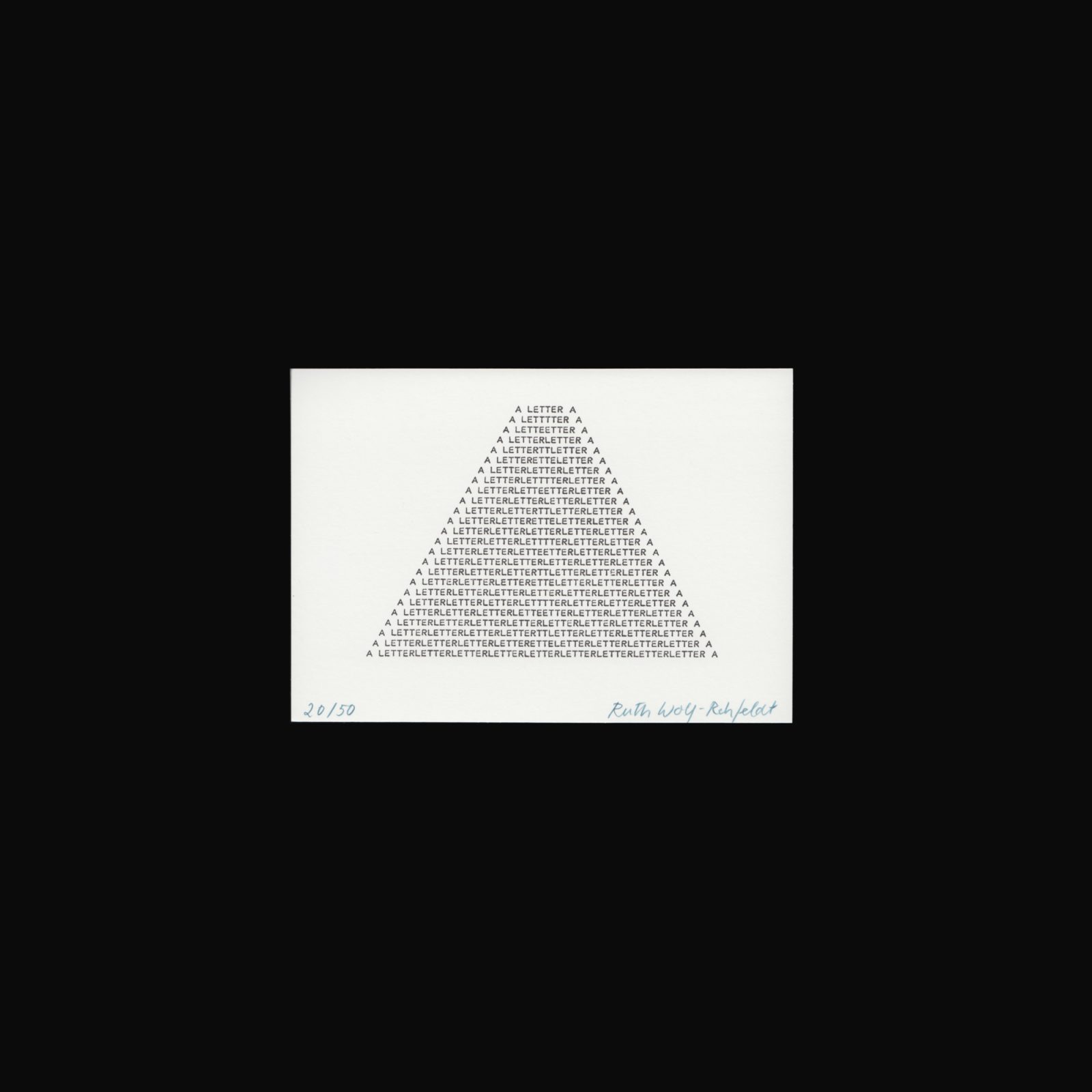


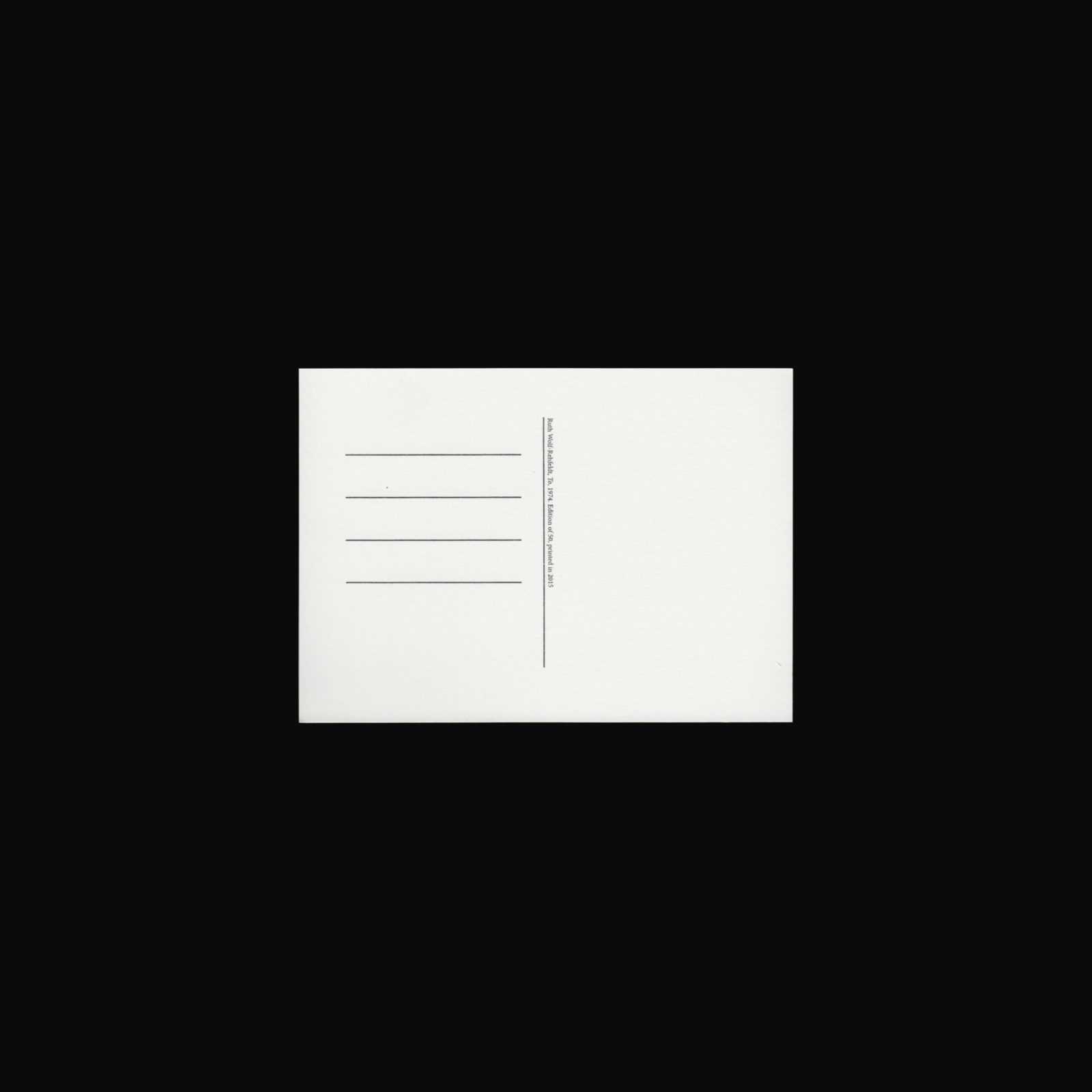
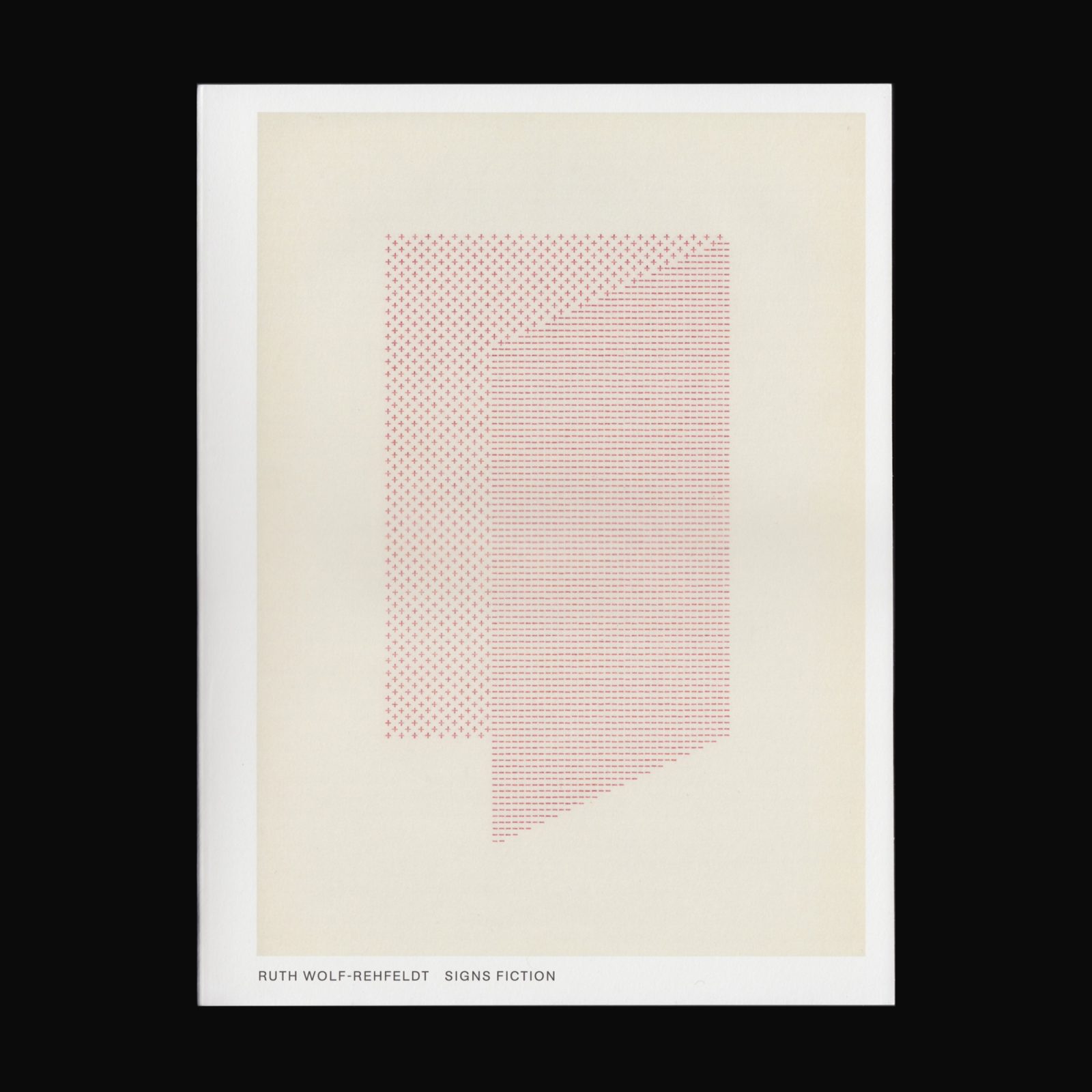
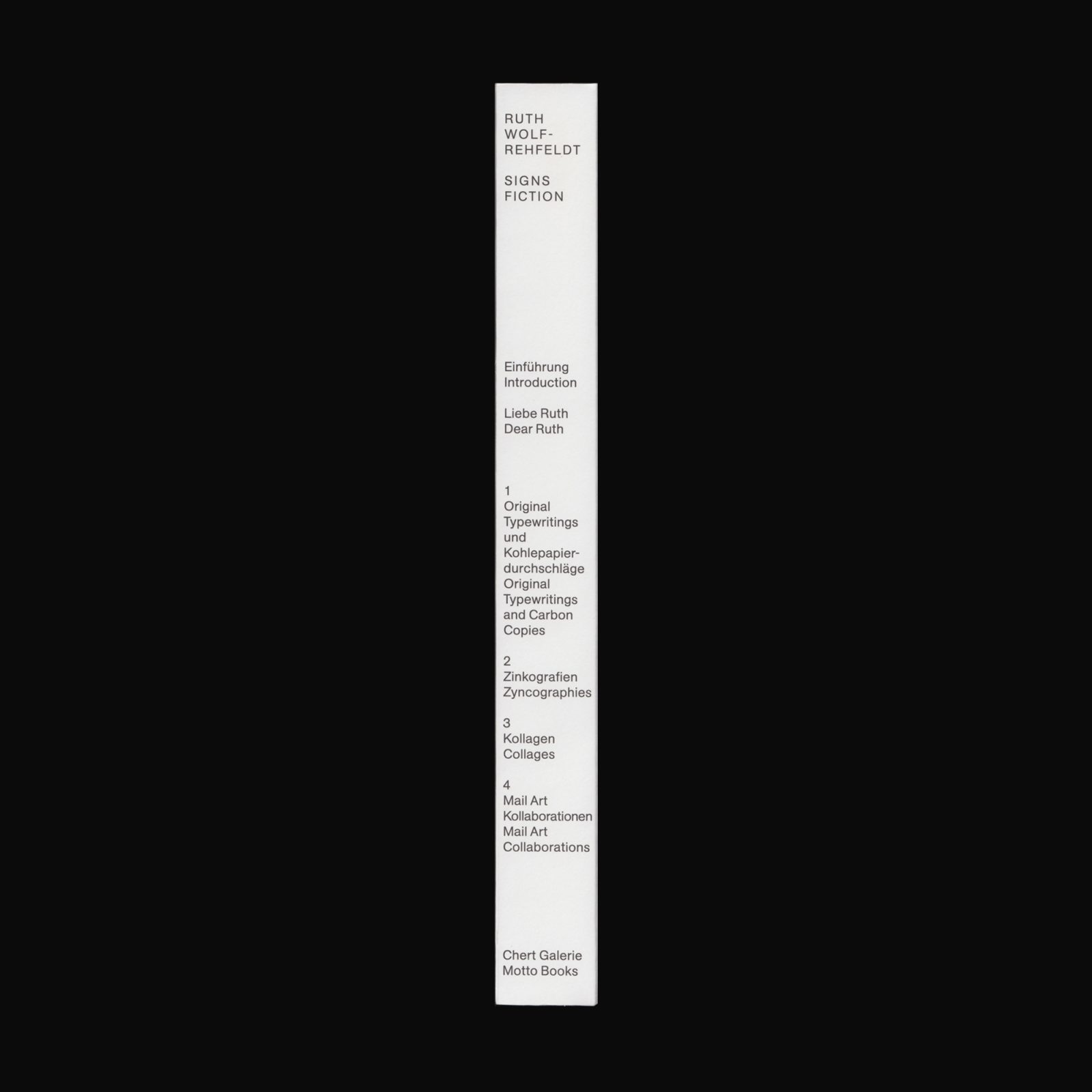
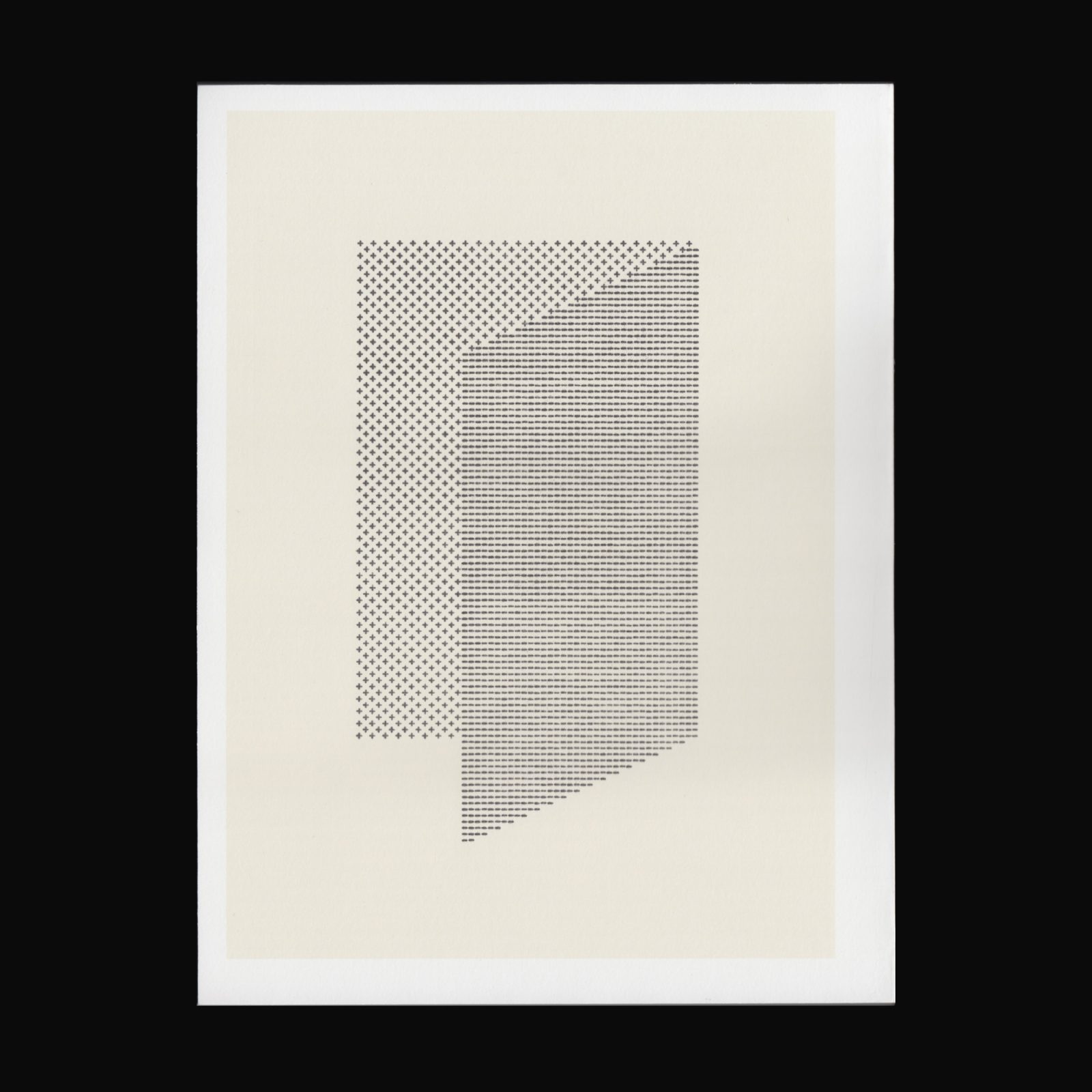
This book aims to collect and present a comprehensive overview of the work of Ruth Wolf-Rehfeldt. It is the result of a long and intense immersion into her archive, and intends to establish the importance of this unique artist – who did not have much recognition in the past—not only to the present day, but also to the precise political context and time to which she and her work belong.
The book presents her typewritings series, all produced between the early 1970s (some of the earliest works are dated 1972) and 1989. Mail Art was her way to be in contact with the world outside the GDR, otherwise impossible to reach. After the fall of the Berlin Wall and the Reunification, the artist stopped producing any art: She felt her involvement was no longer “needed”.
With a text by Zanna Gilbert, edited by Jennifer Chert, designed by Till Gathmann.



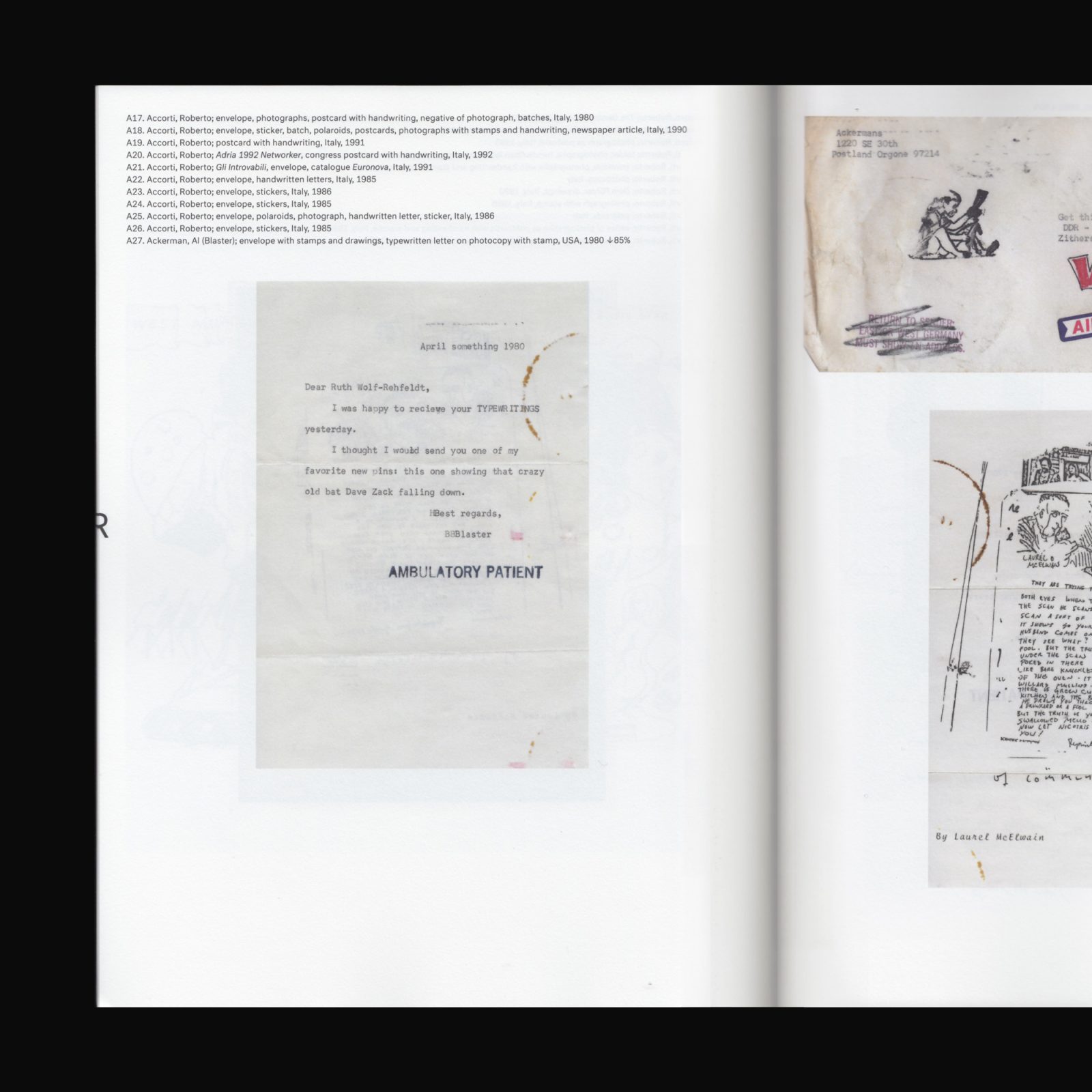
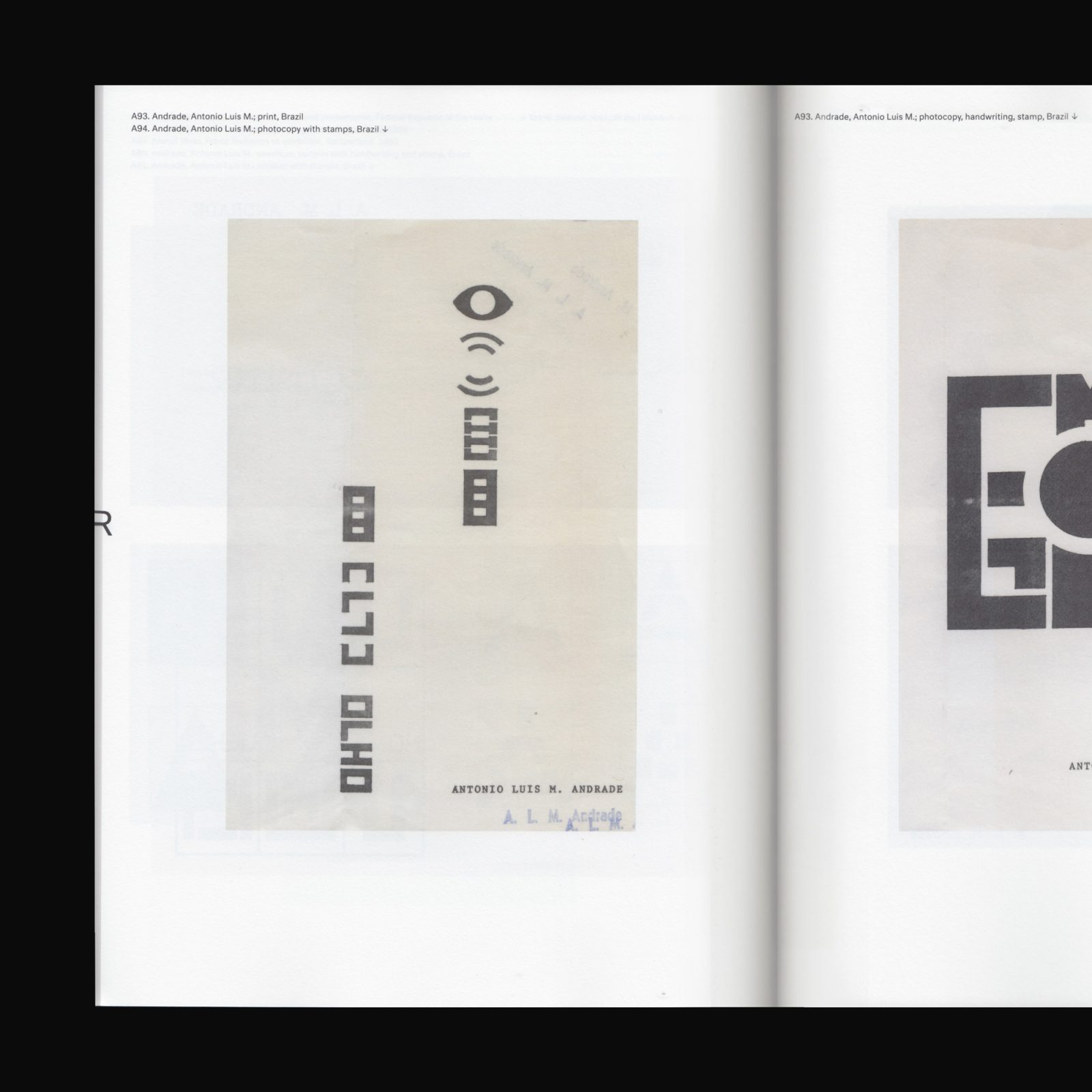
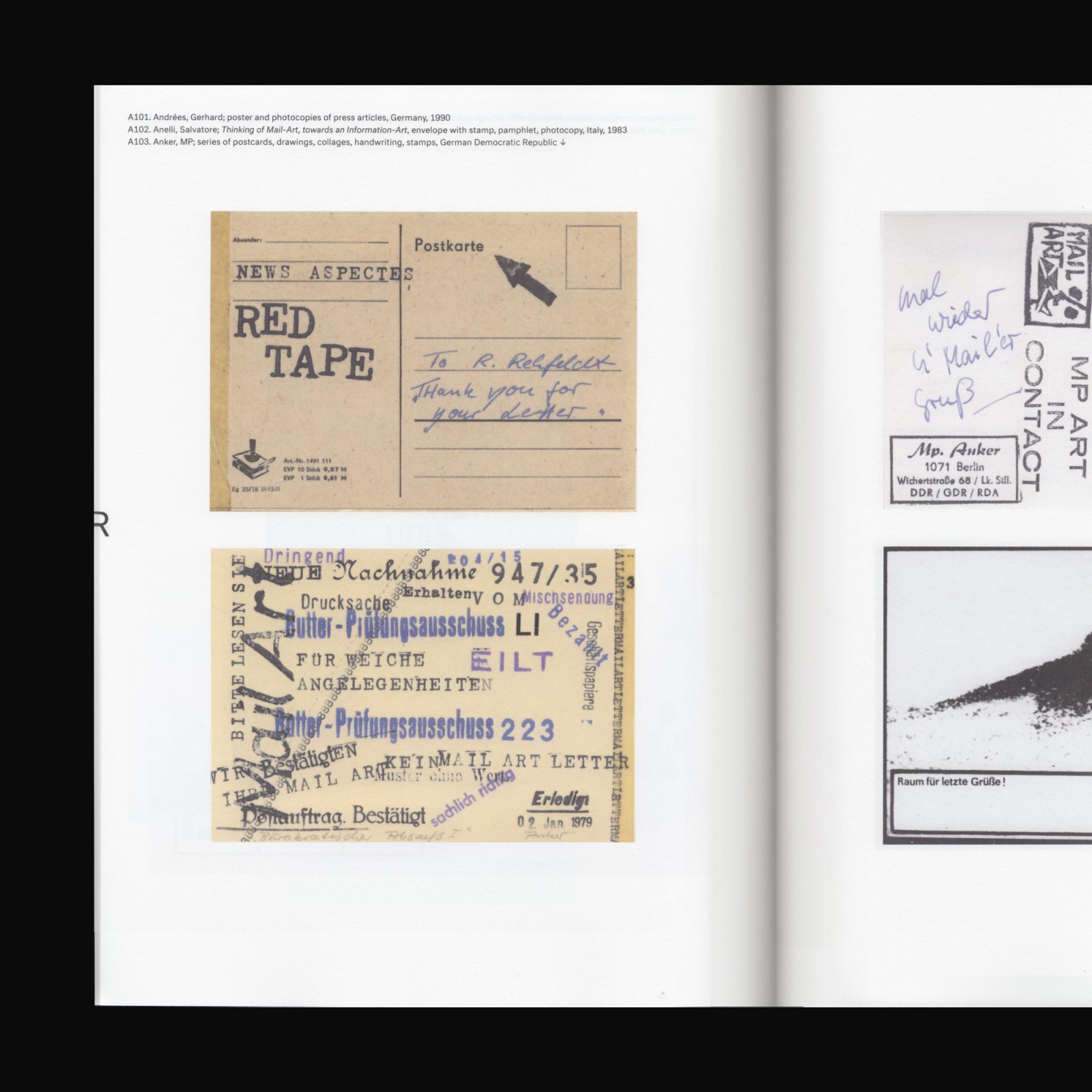
A–The Mail Art Archive of Ruth Wolf-Rehfeldt and Robert Rehfeld, was published by ChertLüdde on September 2017, on the occasion of the exhibition which has the same title. The publication project presents the archive of mail art works received by the two German artists from beginning of the 1970s until the early 1990s. The exhibition presented all correspondence with artists whose surname (or name of an artistic group) began with the letter A.
Ruth Wolf and Robert Rehfeld met in Berlin in 1954 and married one year later. They played a central role in the dissemination and development of the Mail Art Movement in Germany. Their activity, spanning for more than two decades, created an impressive web of connections between artists and artistic groups from all over the world.
More information on the project and archive can be found here.


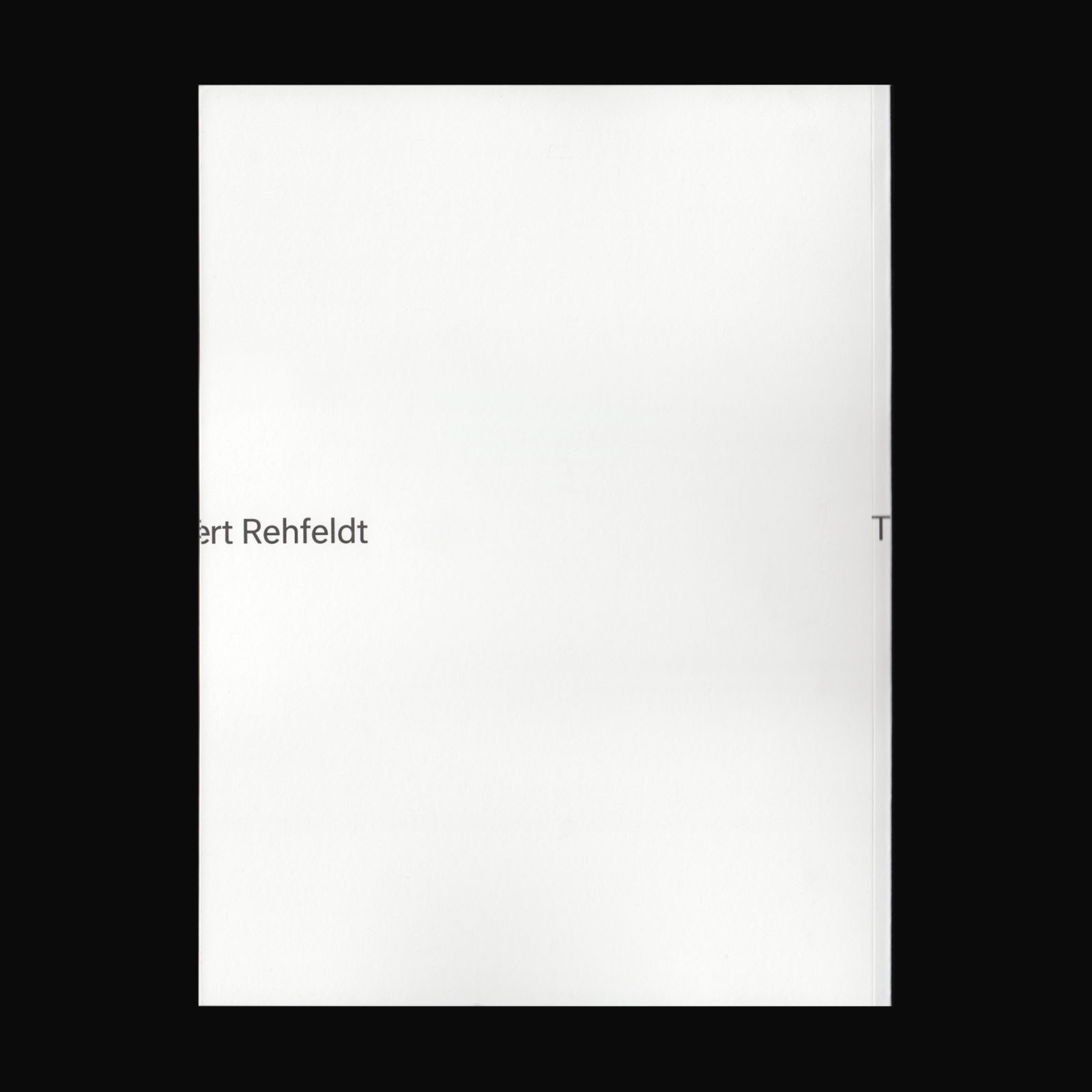
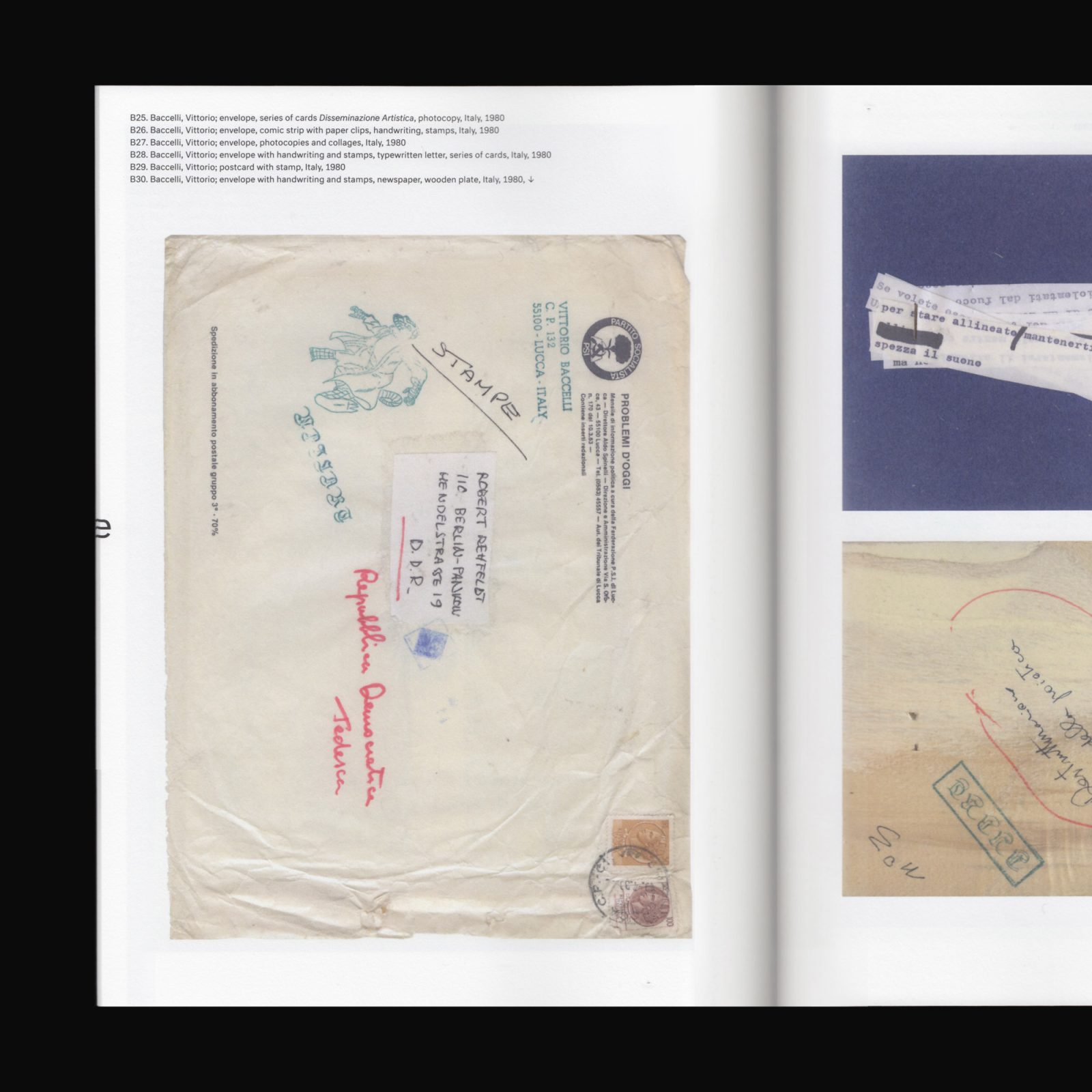
B–The Mail Art Archive of Ruth Wolf-Rehfeldt and Robert Rehfeld, is the second publication of the series presenting the archive of mail art works received by the two German artists from beginning of the 1970s until the early 1990s. This second edition deals with correspondence with artists whose surname (or name of an artistic group) began with the letter B.
Ruth Wolf and Robert Rehfeld met in Berlin in 1954 and married one year later. They played a central role in the dissemination and development of the Mail Art Movement in Germany. Their activity, spanning for more than two decades, created an impressive web of connections between artists and artistic groups from all over the world.
More information on the project and archive can be found here.


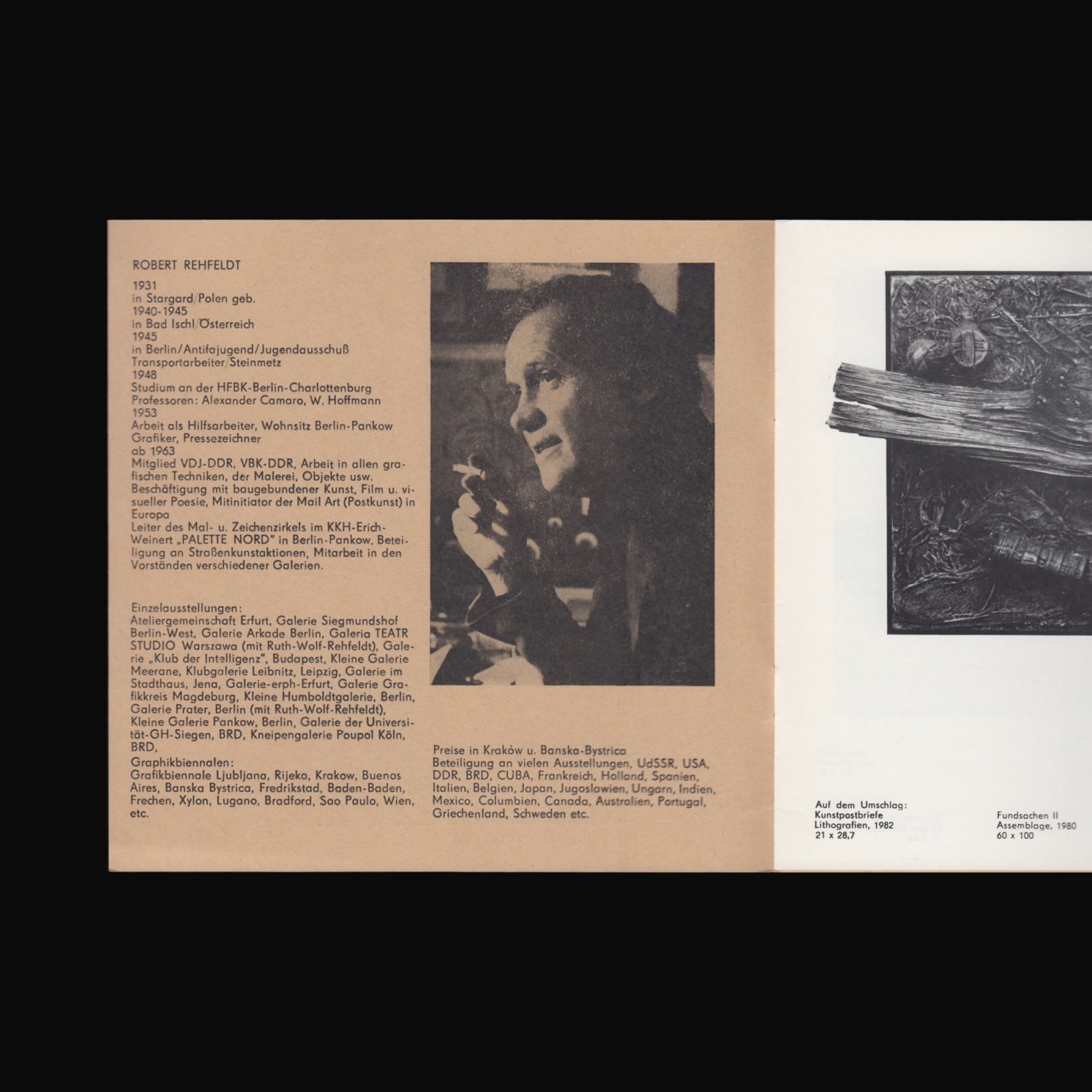

Produced on the occasion of Robert Rehfedlt’s exhibition, Zeichnungen, Collagen, Assemblagen at Galerie im Turm, Berlin, 5–28 October, 1984
Robert Rehfeldt (born Stargard 5 January 1931–died Berlin 28 September 1993) was a German Graphic artist. He is associated, in particular, with the Actionist and Mail art movements.
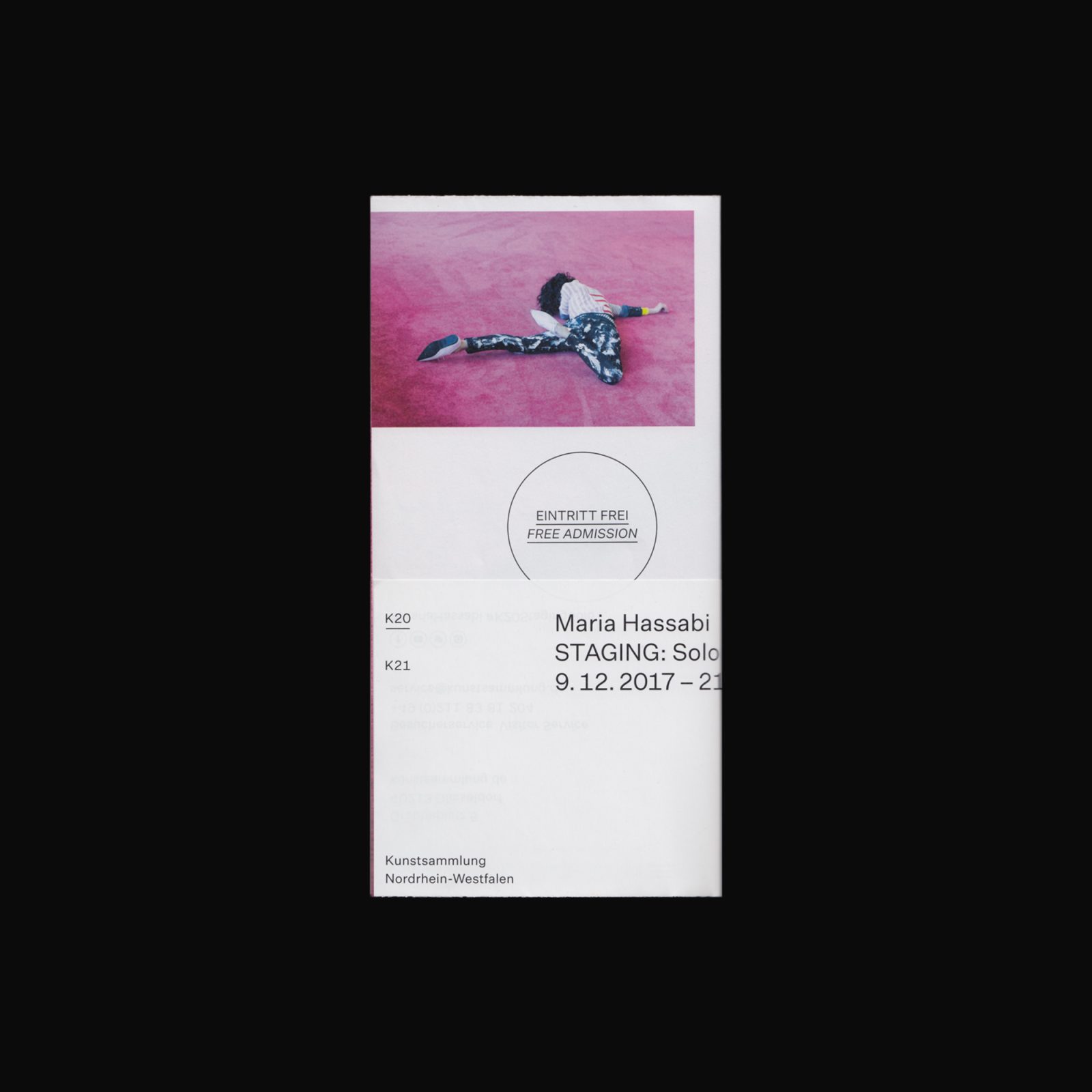
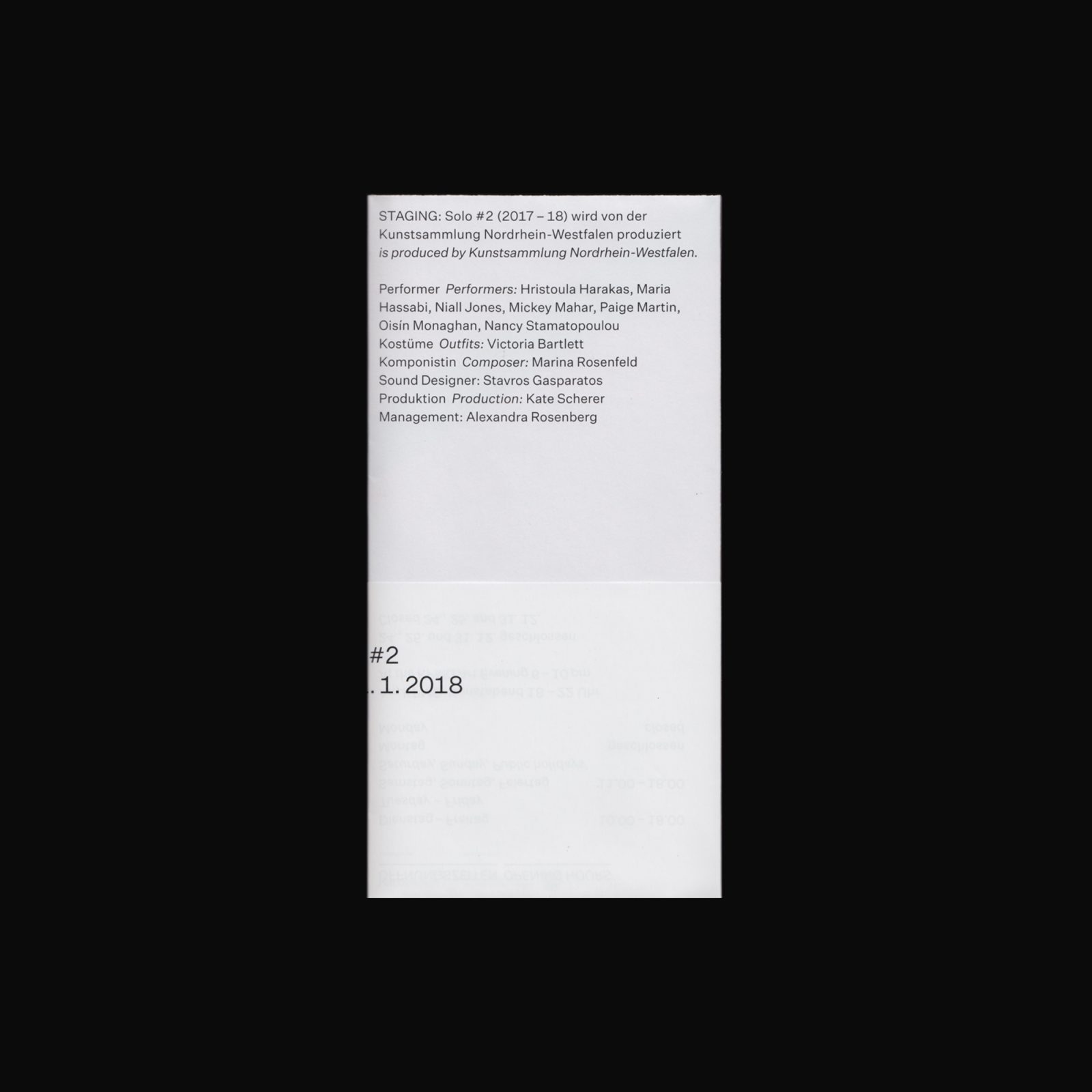
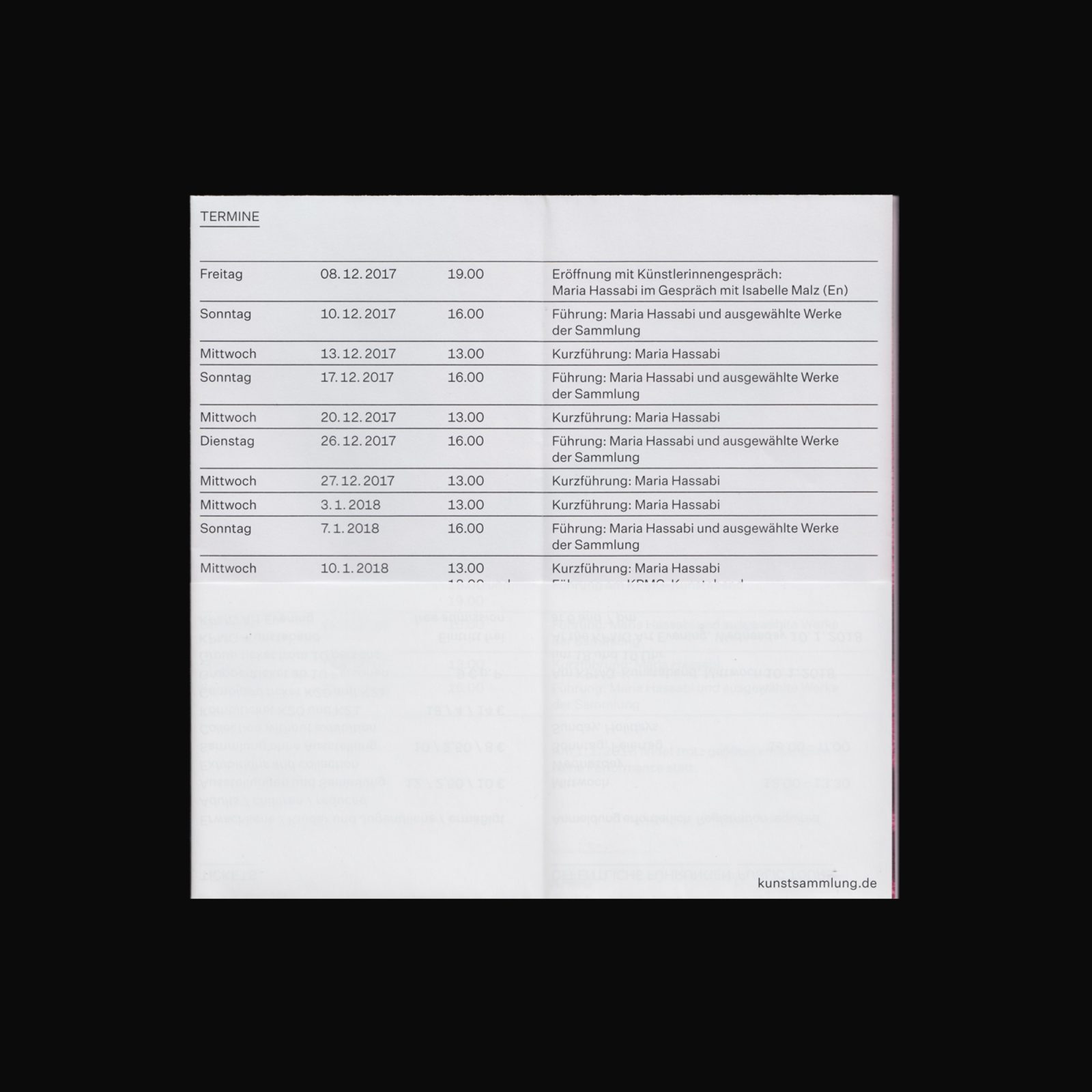
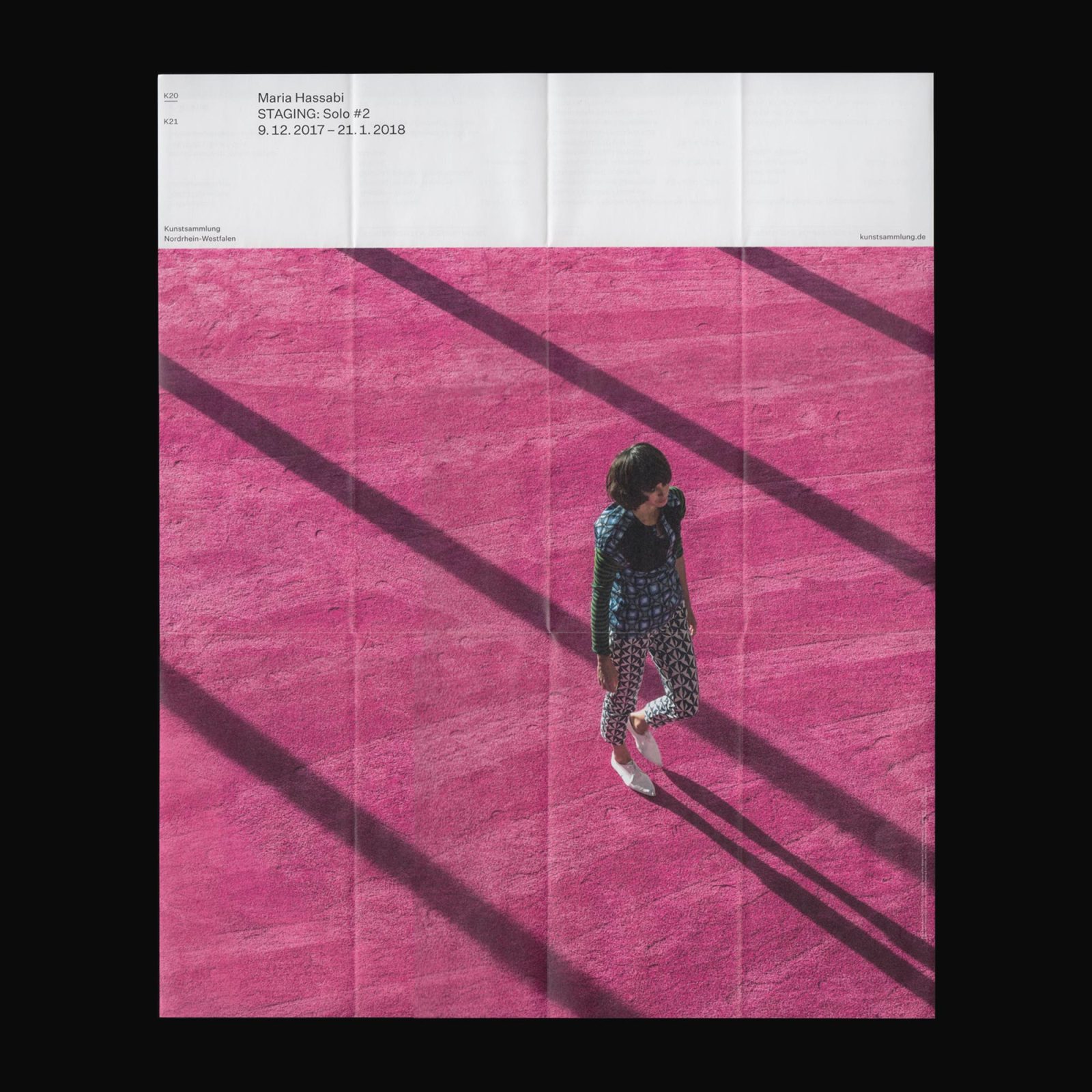
Exhibition poster/pamphlet produced on the occasion of Maria Hassabi’s STAGING: Solo #2 (2017), 9 December 2017 – 21 January 2018, which reimagines and adapts her multi-sited installation STAGING (2017). STAGING was previously exhibited at the Walker Art Center, Minneapolis and in documenta 14, Kassel. This new iteration will feature a lone dancer on an expanse of vivid pink carpet, enacting highly concentrated, protracted, at times barely perceptible movements. Like nearly in all of her works, STAGING: Solo #2 (2017) is a site of negotiation for her powerfully subversive performances: between the performer and their task, the spectacular and the everyday; between subject and object, bystander and viewer. In consistent ways, her pieces undermine media boundaries, clear classifications, and perceptual habits, replacing these with new, not necessarily decipherable images, while activating the viewer’s sensibilities and self-reflection to an extreme degree.